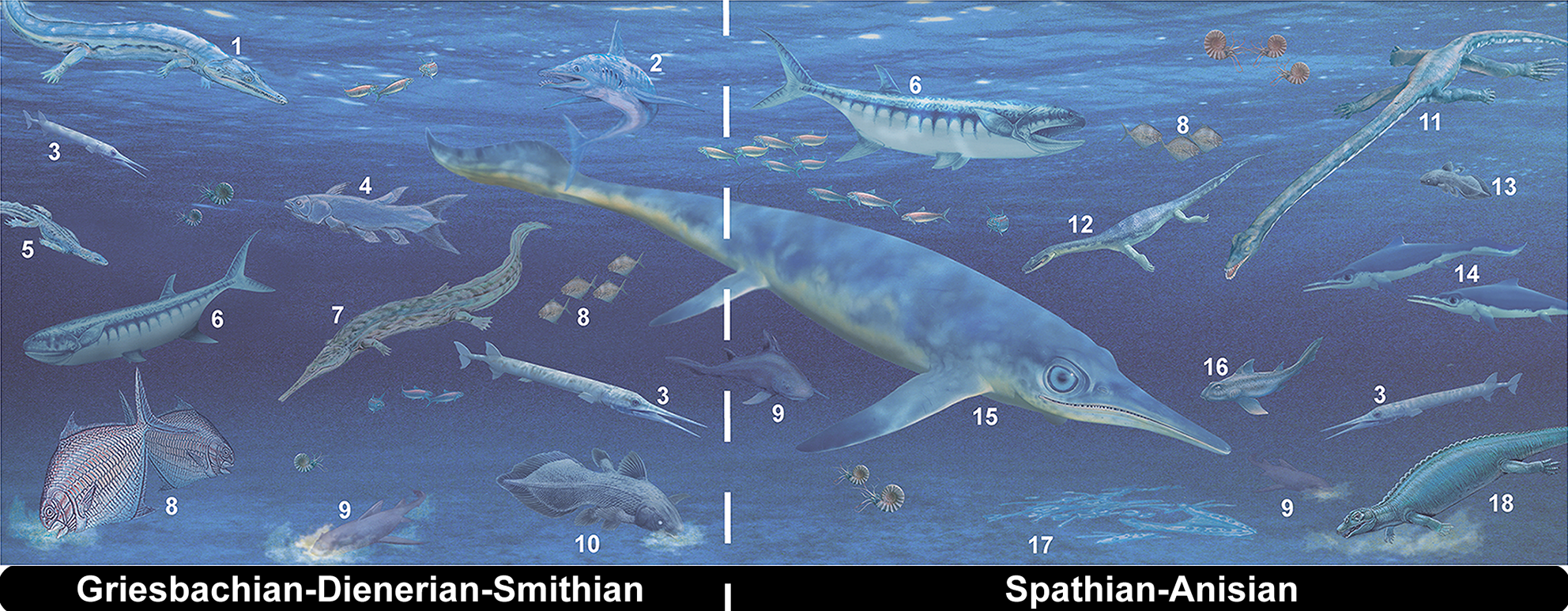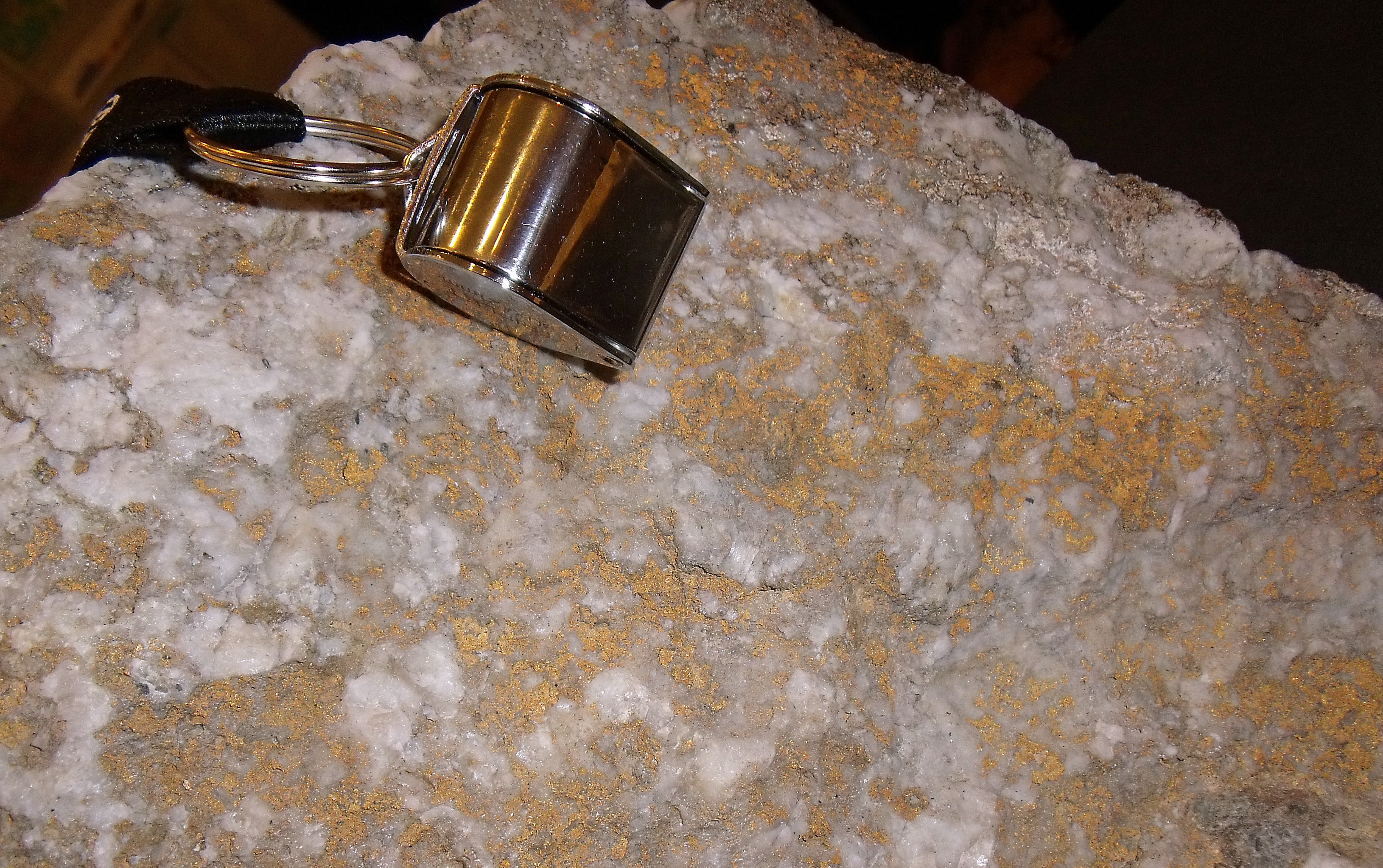|
Ambilobeia
''Ambilobeia'' is an extinct genus of prawn which existed in Ambilobé, Madagascar during the Olenekian stage of the Early Triassic period. It contains the species ''Ambilobeia karojoi''. Discovery and naming The holotype, MSNM 125459, was discovered by an unknown French palaeontologist in a deforested outcrop near Bobasatrana, Madagascar during the late 20th century and was donated to the Museo Civico di Storia Naturale di Milano before 2002 by Mr. Karojo, a local Malagasy prospector. The species ''Ambilobeia karojoi'' was named and described in 2002 by Alessandro Garassino and Giovanni Pasini, and many other specimens have been discovered since its naming in 2002. Description ''Ambilobeia'' grew up to roughly long. Gallery File:Ambilobeia holotype.png, Holotype of ''A. karojoi'' (MSNM 125459) File:Prawn fossil from Madagascar cf. Ambilobeia.png, Specimen of ''cf. Ambilobeia'' from Madagascar Madagascar, officially the Republic of Madagascar, is an island countr ... [...More Info...] [...Related Items...] OR: [Wikipedia] [Google] [Baidu] |
Penaeidae
Penaeidae is a family of marine crustaceans in the suborder Dendrobranchiata, which are often referred to as penaeid shrimp or penaeid prawns. The Penaeidae contain many species of economic importance, such as the tiger prawn, whiteleg shrimp, Atlantic white shrimp, and Indian prawn. Many prawns are the subject of commercial fishery, and farming, both in marine settings, and in freshwater farms. Lateral line–like sense organs on the antennae have been reported in some species of Penaeidae. At , the myelinated giant interneurons of pelagic penaeid shrimp have the world record for impulse conduction speed in any animal. Genera Of the 48 recognised genera in the family Penaeidae, 23 are known only from the fossil record (marked †): * † ''Albertoppelia'' Schweigert & Garassino, 2004 * † '' Ambilobeia'' Garassino & Pasini, 2002 * † '' Antrimpos'' Münster, 1839 * '' Artemesia'' Bate, 1888 * '' Atypopenaeus'' Alcock, 1905 * † '' Bombur'' Münster, 1839 * † '' Bylgi ... [...More Info...] [...Related Items...] OR: [Wikipedia] [Google] [Baidu] |
Dendrobranchiata
Dendrobranchiata is a suborder of Decapoda, decapods, commonly known as prawns. There are 540 extant species in seven families, and a fossil record extending back to the Devonian. They differ from related animals, such as Caridea and Stenopodidea, by the branching form of the gills and by the fact that they do not brood their eggs, but release them directly into the water. They may reach a length of over and a mass of , and are widely shrimp fishery, fished and shrimp farm, farmed for human consumption. Shrimp and prawns While Dendrobranchiata and Caridea belong to different Order (biology), suborders of Decapoda, they are very similar in appearance, and in many contexts such as commercial farming and Fishery, fisheries, they are both often referred to as "shrimp" and "prawn" interchangeably. In the United Kingdom, Australia and some other Commonwealth of Nations, Commonwealth, the word "prawn" is used almost exclusively, while the opposite is the case in North America. The term ... [...More Info...] [...Related Items...] OR: [Wikipedia] [Google] [Baidu] |
Madagascar
Madagascar, officially the Republic of Madagascar, is an island country that includes the island of Madagascar and numerous smaller peripheral islands. Lying off the southeastern coast of Africa, it is the world's List of islands by area, fourth largest island, the List of island countries, second-largest island country, and the List of countries and dependencies by area, 46th largest country overall. Its capital and List of cities in Madagascar, largest city is Antananarivo. Following the prehistoric breakup of the supercontinent Gondwana, Madagascar split from Africa during the Early Jurassic period, around 180 million years ago, and separated from the Indian subcontinent approximately 90 million years ago. This isolation allowed native plants and animals to evolve in relative seclusion; as a result, Madagascar is a biodiversity hotspot and one of the world's 17 megadiverse countries, with over 90% of its wildlife of Madagascar, wildlife being endemic. The island has ... [...More Info...] [...Related Items...] OR: [Wikipedia] [Google] [Baidu] |
Olenekian
In the geologic timescale, the Olenekian is an age (geology), age in the Early Triassic epoch (geology), epoch; in chronostratigraphy, it is a stage (stratigraphy), stage in the Lower Triassic series (stratigraphy), series. It spans the time between annum, Ma and Ma (million years ago). The Olenekian is sometimes divided into the Smithian and the Spathian subages or substages. The Olenekian follows the Induan and is followed by the Anisian (Middle Triassic). The Olenekian saw the deposition of a large part of the Buntsandstein in Europe. The Olenekian is roughly coeval with the regional Yongningzhenian Stage used in China. Stratigraphic definitions The Olenekian Stage was introduced into scientific literature by Russian stratigraphers in 1956. The stage is named after Olenëk in Siberia. Before the subdivision in Olenekian and Induan became established, both stages formed the Scythian Stage, which has since disappeared from the official timescale. The base of the Olenekian is ... [...More Info...] [...Related Items...] OR: [Wikipedia] [Google] [Baidu] |
Early Triassic
The Early Triassic is the first of three epochs of the Triassic Period of the geologic timescale. It spans the time between 251.9 Ma and Ma (million years ago). Rocks from this epoch are collectively known as the Lower Triassic Series, which is a unit in chronostratigraphy. The Early Triassic is the oldest epoch of the Mesozoic Era. It is preceded by the Lopingian Epoch (late Permian, Paleozoic Era) and followed by the Middle Triassic Epoch. The Early Triassic is divided into the Induan and Olenekian ages. The Induan is subdivided into the Griesbachian and Dienerian subages and the Olenekian is subdivided into the Smithian and Spathian subages. The Lower Triassic series is coeval with the Scythian Stage, which is today not included in the official timescales but can be found in older literature. In Europe, most of the Lower Triassic is composed of Buntsandstein, a lithostratigraphic unit of continental red beds. The Early Triassic and partly also the Middle Trias ... [...More Info...] [...Related Items...] OR: [Wikipedia] [Google] [Baidu] |
French People
French people () are a nation primarily located in Western Europe that share a common Culture of France, French culture, History of France, history, and French language, language, identified with the country of France. The French people, especially the native speakers of langues d'oïl from northern and central France, are primarily descended from Roman people, Romans (or Gallo-Romans, western European Celts, Celtic and Italic peoples), Gauls (including the Belgae), as well as Germanic peoples such as the Franks, the Visigoths, the Suebi and the Burgundians who settled in Gaul from east of the Rhine after the fall of the Roman Empire, as well as various later waves of lower-level irregular migration that have continued to the present day. The Norsemen also settled in Normandy in the 10th century and contributed significantly to the ancestry of the Normans. Furthermore, regional ethnic minorities also exist within France that have distinct lineages, languages and cultures such ... [...More Info...] [...Related Items...] OR: [Wikipedia] [Google] [Baidu] |
Palaeontologist
Paleontology, also spelled as palaeontology or palæontology, is the scientific study of the life of the past, mainly but not exclusively through the study of fossils. Paleontologists use fossils as a means to classify organisms, measure geologic time, and assess the interactions between prehistoric organisms and their natural environment. While paleontological observations are known from at least the 6th century BC, the foundation of paleontology as a science dates back to the work of Georges Cuvier in 1796 in paleontology, 1796. Cuvier demonstrated evidence for the concept of extinction and how life of the past was not necessarily the same as that of the present. The field developed rapidly over the course of the following decades, and the French word ''paléontologie'' was introduced for the study in 1822 in paleontology, 1822, which was derived from the Ancient Greek word for "ancient" and words describing relatedness and a field of study. Further advances in the field accom ... [...More Info...] [...Related Items...] OR: [Wikipedia] [Google] [Baidu] |
Museo Civico Di Storia Naturale Di Milano
The Museo Civico di Storia Naturale di Milano (Milan Natural History Museum) is a museum in Milan, Italy. It was founded in 1838 when the naturalist Giuseppe de Cristoforis donated his collections to the city. Its first director was the taxonomist Giorgio Jan. The Museum is located within a 19th-century building in the Giardini Pubblici Indro Montanelli, Indro Montanelli Garden, near the historic city gate of Porta Venezia. The structure was built between 1888 and 1893 in Neo-Romanesque style with Gothic Revival, Gothic elements. The museum is divided into five different permanent sections: Mineralogy (with a large collection of minerals from all over the world); Paleontology (with several fossils of dinosaurs and other prehistoric organisms); Natural History of Man (dedicated to the origins and evolution of humans with a particular attention to the relationship of the latter with the environment); Invertebrate Zoology (dedicated to mollusks, arthropods and entomology); and V ... [...More Info...] [...Related Items...] OR: [Wikipedia] [Google] [Baidu] |
Malagasy People
The Malagasy ( or ) are a group of Austronesian-speaking ethnic groups indigenous to the island country of Madagascar, formed through generations of interaction between Austronesians originally from southern Borneo and Bantus from Southeast Africa. Traditionally, the population have been divided into sub-ethnic groups. Examples include "Highlander" (ethnically mixed ancestry but more Austronesian and slightly less Bantu) ethnic groups such as the Merina and Betsileo of the central highlands around Antananarivo, Alaotra ''(Ambatondrazaka)'' and Fianarantsoa, and the "coastal dwellers" (predominantly Bantu with less Austronesian traits sometimes like mulatto) such as the Sakalava, Bara, Vezo, Betsimisaraka, Mahafaly, etc. The Merina are further divided into two subgroups. The “Merina A” are the Hova and Andriana, and have an average of 34% African ancestry (20% of which is Bantu and Yoruba). The second subgroup is the “Merina B”, the Andevo, who have an average ... [...More Info...] [...Related Items...] OR: [Wikipedia] [Google] [Baidu] |
Prospecting
Prospecting is the first stage of the geological analysis (followed by Mining engineering#Pre-mining, exploration) of a territory. It is the search for minerals, fossils, precious metals, or mineral specimens. It is also known as fossicking. Traditionally prospecting relied on direct observation of mineralization in rock outcrops or in sediments. Modern prospecting also includes the use of geologic, Geophysics, geophysical, and Geochemistry, geochemical tools to search for anomalies which can narrow the search area. Once an anomaly has been identified and interpreted to be a potential prospect direct observation can then be focused on this area. In some areas a prospector must also stake a claim, meaning they must erect posts with the appropriate placards on all four corners of a desired land they wish to prospect and register this claim before they may take samples. In other areas publicly held lands are open to prospecting without staking a mining claim. Historical method ... [...More Info...] [...Related Items...] OR: [Wikipedia] [Google] [Baidu] |





